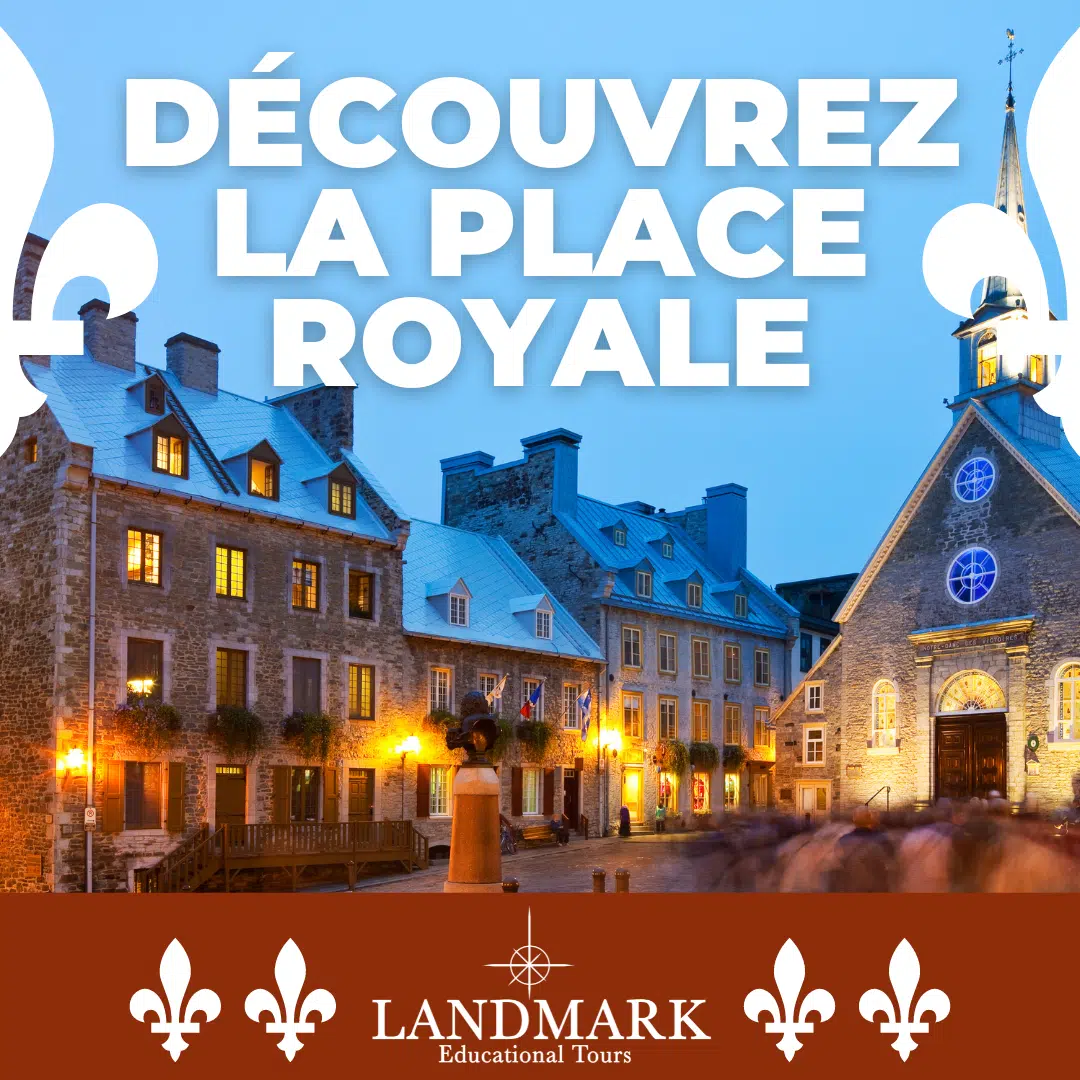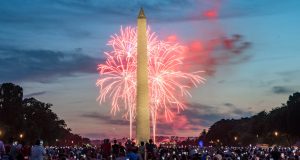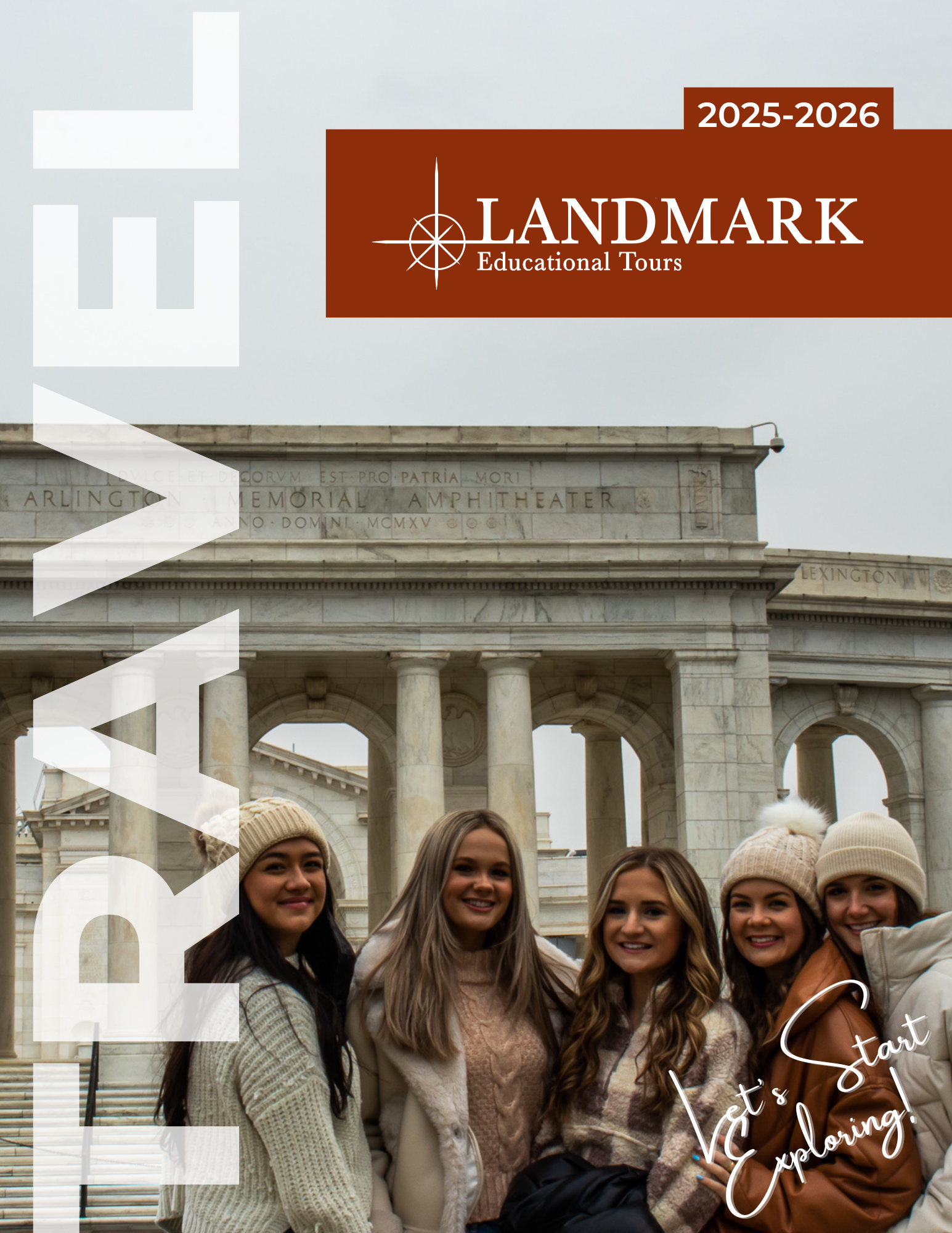Hiking Down History: A Journey to Place Royale
Our exploration of Quebec City begins with a descent down Côte de la Montagne, the first road connecting upper and lower town. Built in 1623 by Champlain himself, it offered a smoother “petit chemin” (little path) to climb the mountain.
Keep an eye out for the large cross on your left, marking the first cemetery in Quebec. Established in 1608, it housed Champlain’s men and served the city until 1687. Just opposite, the Breakneck Stairs beckon. Though no longer used for livestock (thanks to a decree by the Sovereign Council!), they offer a scenic shortcut down to Sous-le-Fort Street, aptly named for its location beneath the old Fort St. Louis.
Turn left onto Sous-le-Fort, then left again on Notre Dame Street. This leads us to our destination: Place Royale, a charming square steeped in history. Find a comfortable spot, perhaps on a balcony or staircase, to soak in the atmosphere as we delve into the fascinating past of this iconic location.
The Birthplace of New France: Place Royale’s Rich History
Standing on the very spot where Notre-Dame-des-Victoires church now stands, we imagine ourselves back in 1608. This was the birthplace of French North America, marked by Samuel de Champlain’s first settlement, the Habitation.
Envision three buildings enclosed by a wooden palisade and a moat, accessible only by a drawbridge. This humble structure housed the 28 brave souls who spent the harsh winter of 1608-1609, facing scurvy, bitter cold, and isolation. Only eight survived, highlighting the challenges they faced.
But danger lurked closer than the unforgiving elements. A traitor named Jean Duval plotted to hand the settlement to Basque fishermen. His greed, however, led to his downfall, and his head served as a grim reminder of the consequences of betrayal.
Life in Place Royale: A Vibrant Hub
During the “ancien régime” (French rule), Place Royale mirrored public squares throughout France. It bustled with activity, serving as a marketplace where farmers sold fresh produce, honey, maple syrup, and more. Royal decrees and new laws were announced here, ensuring everyone stayed informed.
However, the square also witnessed public punishments. Criminals were pilloried, their punishment severity depending on their crime. Fire, a constant threat in wooden towns, resulted in strict regulations. From 1676 to 1759, smoking in the streets could land you in the pillory!
A Legacy of History: From Busts to Buildings
The original bust of King Louis XIV, erected by Intendant Champigny in 1686, was sadly destroyed in a 1713 fire. Today’s bronze bust, a gift from France in 1928, stands as a replica.
Surrounding Place Royale were the homes of “gentilhommes” – merchants and officials. Social distinctions were rigid. Only they wore powdered wigs, silk stockings, and buckled shoes, while others sported pigtails, leggings, and moccasins.
Upper Town vs. Lower Town: A Tale of Two Cities
Traditionally, Upper Town housed the administrative and religious centers, while Place Royale and Lower Town hummed with economic activity. Wealthy merchants built their residences here, close to the docks and warehouses.
As we explore this historic square, remember: each cobblestone, each building, whispers stories of hardship, resilience, and the birth of a nation. You will learn about Quebec City and La Place Royale as part of your discovery of Quebec City with your students.
Check out our Quebec City programs here.





